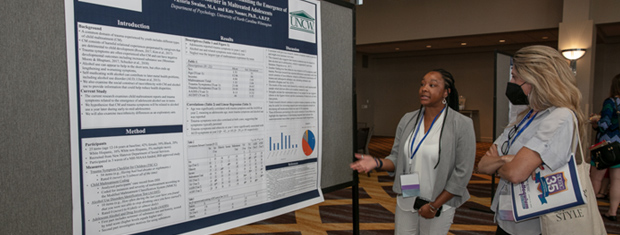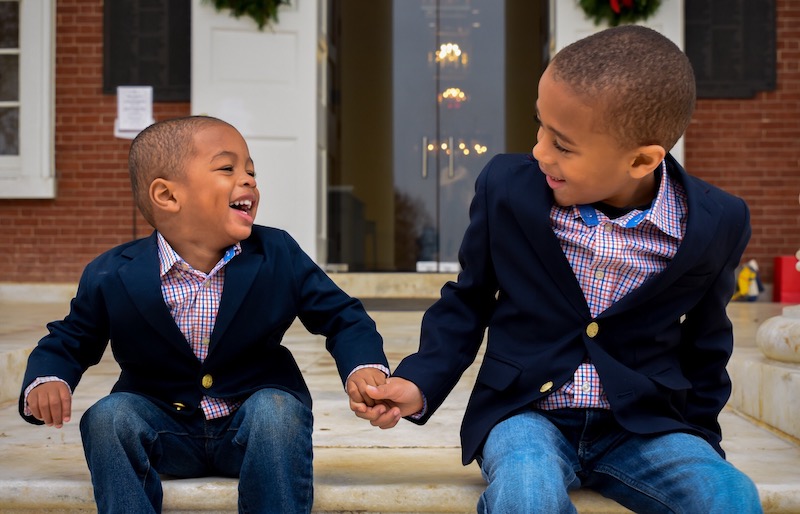




The APSAC Advisor is a peer reviewed quarterly news journal for professionals in the field of child abuse and neglect.
The APSAC Advisor provides succinct, data-based, practice-oriented articles that keep interdisciplinary professionals
informed of the latest developments in policy and practice the field of child maltreatment. It is designed to highlight
best practices in the field and publish original articles and current information about child maltreatment for professionals
from a variety of backgrounds including medicine, law, law enforcement, social work, child protective services, psychology,
public health and prevention in the U.S.
 If you wish to learn more about submitting an article to the Advisor, please click here.
If you wish to learn more about submitting an article to the Advisor, please click here.
This library contains Advisor issues dating back to the first issue in 1988. The most recent issue appears at the top.
Scroll down to select past issues by year and issue number. Once a publication appears in the box, you
can use the Enlarge button to open the document in a new window or tab (depending on how your browser is set up).
This will allow you to view the document with larger print.
To print a document, first use the Enlarge button to open the document in a new window or tab. Then use your browser's Print command.
To return here from a new tab, close the tab. To return from a new window, click your browser's Back button.
In the listing below, click on a year and issue number to see the articles in that publication.
2003 Number 2
Child Abuse Prevention: Accomplishments and Challenges
Child abuse prevention as a concept and as a field has come a long way in the past thirty years (Daro & Cohn-Donnelly, 2002a). Today’s prevention practitioners, advocates, and researchers have a greater appreciation for the complexity of the problem they seek to resolve and are slightly more resistant to overstating their case. Prevention efforts have established stronger, more diversified partnerships that are engaging more people and institutions.
Preventing Child Neglect: Promoting Children’s Health, Development, and Safety
The neglect of neglect has become a cliche, yet it remains true. There has, however, been increased funding for research on neglect by federal agencies and greater interest by professionals in the field. Despite this progress, neglect - which is often insidious, not dramatic, and strongly linked to difficult-to-change social problems - has not become the priority it deserves to be.
Race, Poverty, and Child Maltreatment
The aim of this article is to highlight the roles of race and poverty in child maltreatment and to offer recommendations for better practitioner response.
Why Are Children of Color Overrepresented in Reports to Child Protective Services?
Alarming stories of black children tied to bedposts and left to starve (O’Donnell, 2003; Shogren, 2003) while under supervision of Child Protective Services (CPS) or of black children in foster care who are simply unaccounted for month after month (Canedy, 2002) remind us of a stark reality: African American and other minority children are disproportionately found in the official child welfare population.
The disproportional representation of children of different racial and ethnic origins has been a major concern for child welfare professionals for decades. By 2000, children of color accounted for 6 out of 10 of the more than 550,000 children in foster care, yet they comprise only 3 out of 10 of all children in this country (Derezotes & Hill, in press; Bartholet, 1999; McCabe et al., 1999).
Preventing the Abuse and Neglect of Our Nation’s Children
Prevent Child Abuse America (PCA America) has been working to strengthen families for over 30 years. Founded in 1972 by Donna J. Stone, and previously known as the National Committee to Prevent Child Abuse, PCA America is the country’s leading organization working at the national, state, and local levels to prevent the abuse and neglect of our nation’s children.
CDC recognizes child maltreatment as a serious public health problem with extensive short- and long-term effects. In addition to the immediate physical and emotional outcomes of maltreatment, children who have experienced abuse and neglect are at increased risk of adverse health effects and risky health behaviors in adulthood.
Opportunities for the Prevention of Child Maltreatment, NIMH
In 1996, the Appropriations Committees of both the House and the Senate requested that the National Institutes of Health (NIH) within the Department of Health and Human Services (DHHS) convene a working group of its component organizations, supporting research on child abuse and neglect to (1) assess the state-of- the-science, (2) make recommendations for a research agenda, and (3) develop plans for future coordination efforts at NIH.
Preventing Physical Child Abuse and Neglect: Overview
Quietly but steadily, child abuse prevention efforts are growing throughout hundreds of communities across the United States. These activities range from the establishment of local home visitation programs, mutual aid support groups, and center-based programs, to larger public education, research, and state and national-level advocacy initiatives�"all sharing the goal of stopping physical child abuse and neglect before they ever start.
Forum: Race, Class, and Child Abuse Prevention Child Abuse Prevention: Introduction
Several decades ago, researchers alerted the child abuse and neglect field to the disparity in the numbers of children of a racial minority (primarily African American), compared with children classified as white, reported for child maltreatment and placed in different program services of state child welfare agencies around the country. The racial disparity was confirmed by national surveys gathering information on victims of abuse and neglect, but little subsequent work was done to understand how and why children classified as in the minority throughout the nation had become the majority in state child protective services (CPS).
APSAC Advisor 15(2): Full Issue